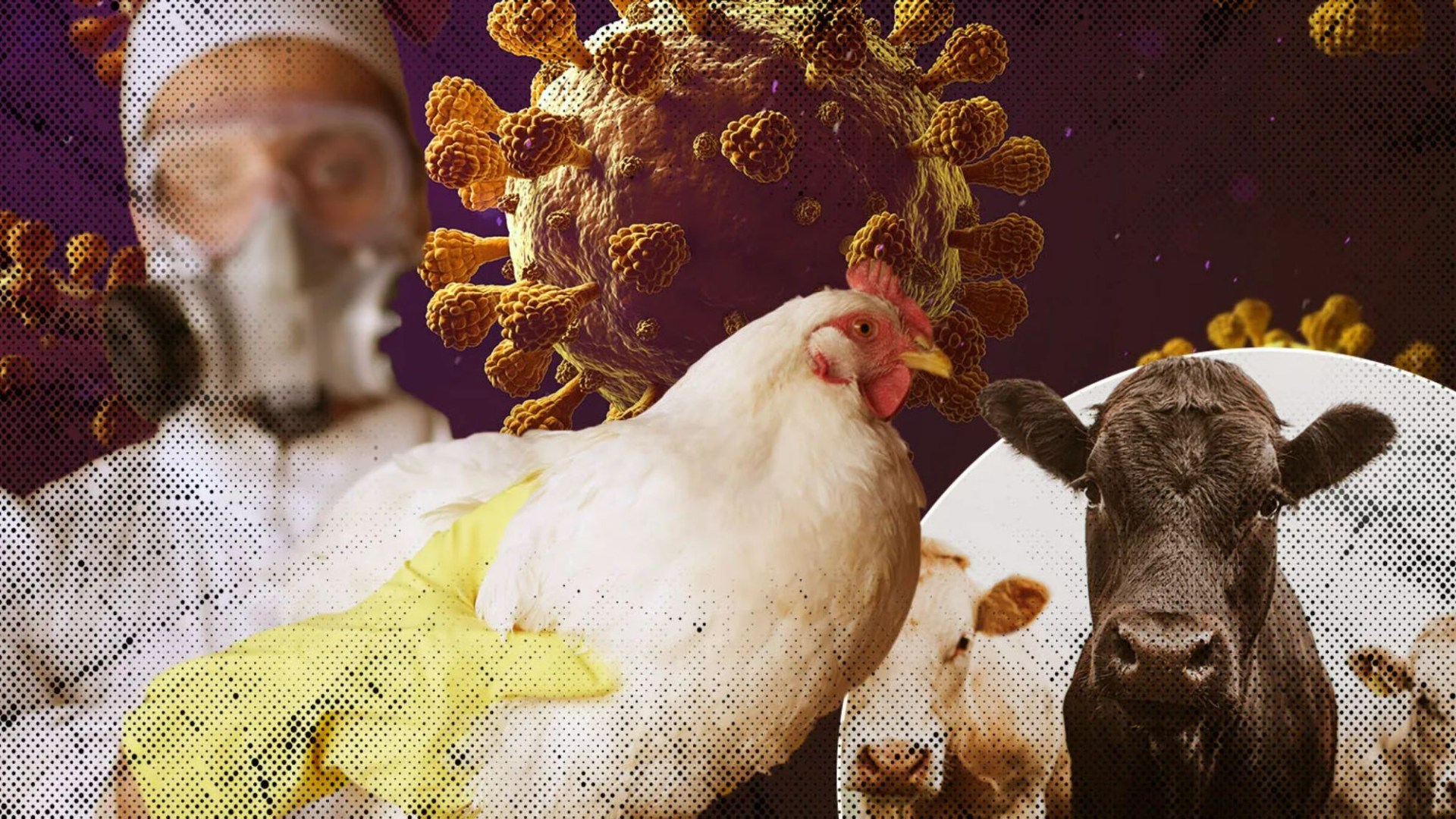THE world could be on the brink of a “disastrous” bird flu outbreak, a top epidemiologist has warned.
This month, a teenager in Canada tested positive for a mutated version of the highly pathogenic H5N1 virus that may be more transmissible to humans.
2

2
“This is what happens just before we have major pandemics,” Prof Chris Dye from Oxford University told Sun Health.
“Sometimes it fizzles out, but sometimes it explodes because pathogens find unexpected ways to survive and spread.”
The teenager, Canada’s first presumed human case of H5N1, was previously healthy with no underlying conditions.
They developed symptoms on November 2 and were admitted to intensive care in British Columbia on November 8.
While the patient is believed to have had no contact with farms, they were exposed to dogs, cats, and reptiles.
The authorities suspect the virus is H5N1, a strain that has infected 903 people and killed at least 465 since 2003.
The virus was detected in the UK for the first time this year at a commercial poultry farm in Cornwall earlier this week.
The strain has also spread widely among US cattle, which has increasingly been spilling into humans.
There have so far been 53 human cases – mostly among dairy workers – and has even been detected in milk.
Prof Chris called this a “very dangerous development,” adding, “it keeps changing how it behaves and getting closer to people”.
The sheer scale of the current outbreak, which has seen the bug jump to several other mammals, including pigs, foxes and seals, has scientists worried.
The virus’s rapid spread could create more opportunities for it to mutate, increasing the risk of it jumping between humans.
Genetic analysis of the virus that infected the Canadian teenager revealed mutations that make it easier to infect humans.
‘We’re not ready’
Experts warn that H5N1 could take several paths.
The worst-case scenario is that it becomes highly transmissible among humans while retaining its staggering lethality.
For comparison, Covid-19 killed 1 in 1,000 people, but bird flu is far deadlier, with some estimates suggesting a fatality rate of up more than 50 per cent.
“Out of the hundreds of diseases simmering out there, bird flu should be the one people are most concerned about,” Prof Chris said.
“We’re not ready right now, we need to scale up preparedness worldwide.
“If another respiratory virus hits, it would be disastrous.”
Bird flu: Could it be the next human pandemic?

By Isabel Shaw, Health Reporter at the European Scientific Conference on Applied Infectious Disease Epidemiology in Stockholm
BIRD flu is running rampant in wildlife around the world and is now spreading in cows.
This increase in transmission has given the virus lots of opportunities to mutate – a process where a pathogen changes and can become more dangerous.
Scientists fear it’s only a matter of time before one of these mutations makes it better at spreading among mammals – and potentially humans.
Some experts believe the virus could already be spreading among some animal species.
So far, there is no evidence that H5N1 can spread between humans.
But in the hundreds of cases where humans have been infected through contact with animals over the past 20 years, the mortality rate is high.
From 2003 to 2024, 889 cases and 463 deaths caused by H5N1 have been reported worldwide from 23 countries, according to the World Health Organisation.
This puts the case fatality rate at 52 per cent.
Leading scientists have already warned an influenza is the pathogen most likely to trigger a new pandemic in the near future.
The prospect of a flu pandemic is alarming.
Although scientists have pointed out that vaccines against many strains, including H5N1, have already been developed, others are still in the pipeline.




